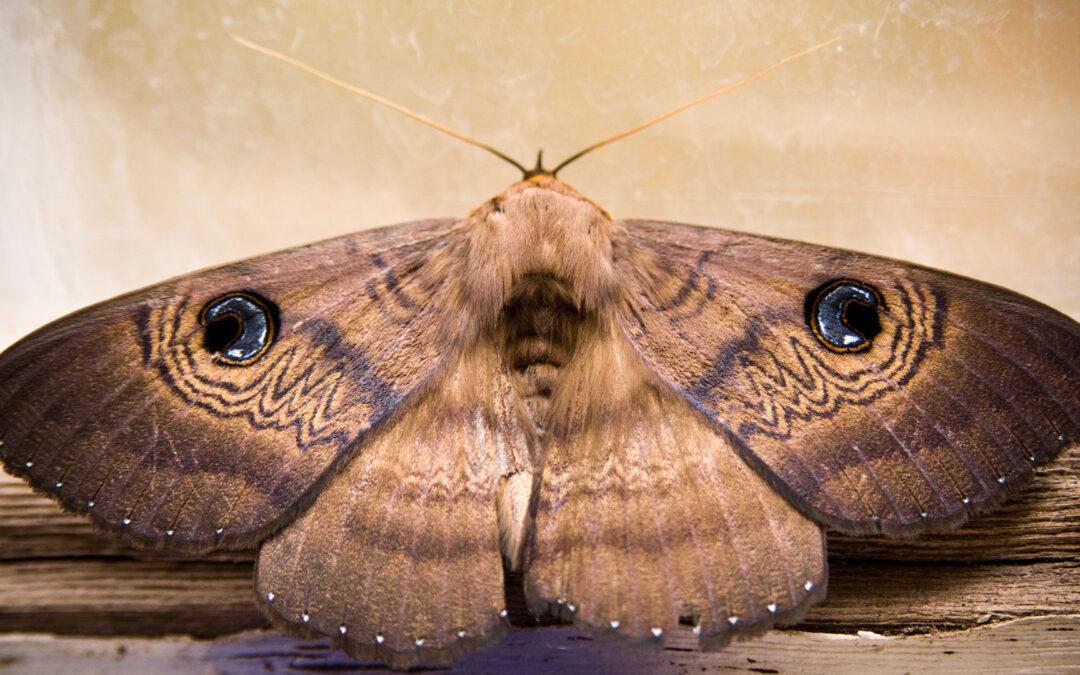For those of you who don’t enjoy the sweltering humidity of Maryland’s summer, will soon be sweater weather! But as you’re swapping out your wardrobe with warmer, comfier clothes, you might notice a few holes in those sweaters.
If you do, it’s likely you have a moth infestation. Or, rather, a moth larvae infestation. When moth eggs hatch, the larva love to chew on clothing made from natural fibers such as wool, silk, and even leather.
And if you don’t do something now, you could be facing much more serious damage not only to your clothes, but to your rugs, linens, and curtains. Here are few tips to help you manage a moth infestation this fall.
Know the Signs
In addition to holes in your clothes, you might also find silk cocoons, which means the larvae are transforming into adult moths.
Remember, though, not all moths like clothing, but they can be equally dangerous. Carpet moth larvae, for example, will leave threadbare spots on your rugs or carpets. Some also leave behind tubular case trails, which are basically where the larvae live.
You might also find the bodies of dead moths, which means they’ve likely recently laid eggs. Or, if you have pantry moths, you’ll find bits of webbing in packages of flour or other cereal products.
If you find any of these signs of an infestation, it’s important that you start to address the issues as soon as possible to avoid further damage.
What to Do If You Find an Infestation
The first step in dealing with a moth infestation is to clean. Wash any clothes, bedding, curtains, etc. with hot water. If they can’t be washed with hot water in a regular washing machine, be sure to take them to a professional cleaner for proper cleaning.
For carpets and rugs, it’s a good idea to give them a good steam cleaning (you can rent a steam cleaner at your local big box hardware store if you don’t own one already).
If you find signs of pantry moths, be sure to throw out any food (and its packaging) that might have been infested. Don’t want to leave behind any eggs to hatch later, and you probably don’t want to eat them either! For food that appears untouched, it’s a good idea to repackage them in airtight containers to prevent moths or larvae from getting to them in the near future. Be sure to wipe down your cabinets or pantry shelves with warm soapy water to clear out any remaining eggs that are too small to see.
Preventing the Next Infestation
Prevention is always the best remedy! To avoid future infestations, you could turn to the classic mothballs. But if you don’t enjoy their smell (and we can’t blame you), you could either store clothing in cedar chests or just throw a few cedar chips into the bottom of your closet.
Alternatively, you can also make potpourri sachets from lavender, cloves, thyme, bay leaves, and rosemary. Essential oils made with these herbs can also work here.
Call in the Pros
Of course, if moths are taking over your house, it’s time to call in a professional. We’re happy to come take a look and recommend a course of action and treatment that safely manages the moths.

